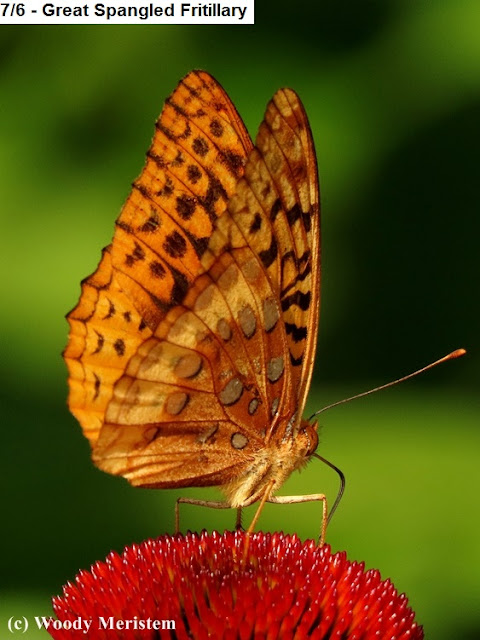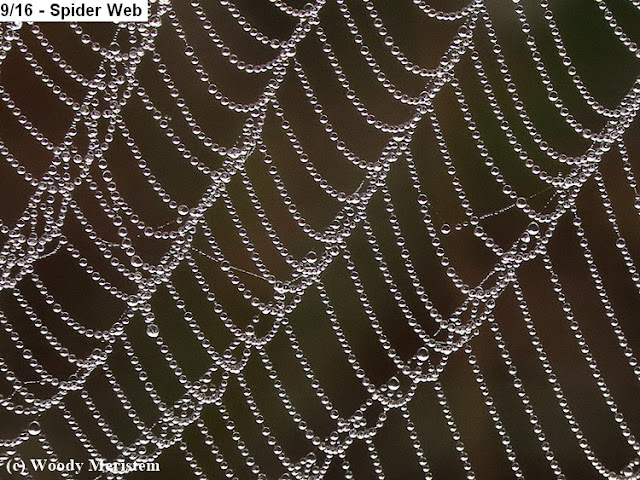'Twas a dark drippy day bringing much needed rain to northcentral Pennsylvania. I was sitting on the sofa and occasionally glancing out the front window at the rain dripping from the few leaves remaining on the apple tree.
There it was, a sapsucker on the trunk of the apple tree. As evidenced by the rows of small holes in the apple tree's bark, this wasn't the first time a yellow-bellied sapsucker had been on the tree. Sapsuckers have favorite tree species on which to feed, here those are apple, black and yellow birch, mockernut and pignut hickories and sugar maple. And they also seem to have favorite individual trees where they feed from year to year, generation to generation; why and how they pick one tree from among many of the same species is unknown – at least to me.
A close look revealed this bird to be an immature male yellow-bellied sapsucker.
His colors were pale and the day dark, but I grabbed the camera and went outside. Although the bird quickly hitched to the other side of the tree, he soon returned to the row of old holes and resumed his work and eating. He would gradually work his way up the apple's trunk until he was obscured by the tree's small branches and twigs and then work his way down again.
Because the thick clouds made the day quite dark, the photos are anything but good as is the video –
While the sapsucker worked on the holes and fed on the sap and any small insects the sap attracted, a ruby-crowned kinglet also visited the holes to snatch small insects. There was no red crown on the kinglet, females don't have the small patch of red on the crown and males' red patch is often covered by other feathers. In any case, there it was, feeding at the sapsucker holes, quickly moving up, down and around the tree.
The photographs are very poor since it was dark and they were taken at 1/30 of a second, these are the "best" of several hundred that were taken, they are what they are - poor. One day a sapsucker will return to the apple tree and, hopefully, there will be better photos.



















































































































